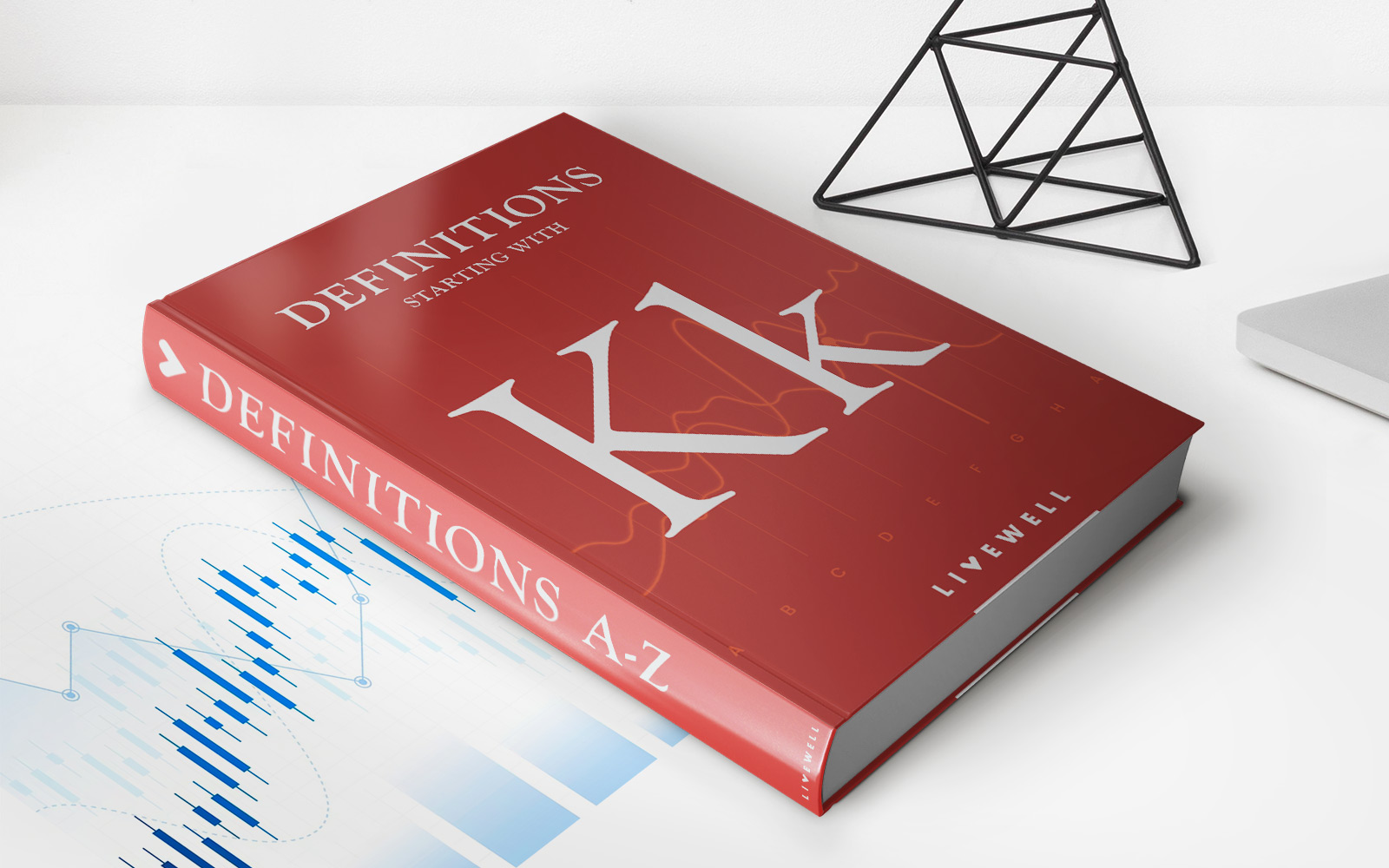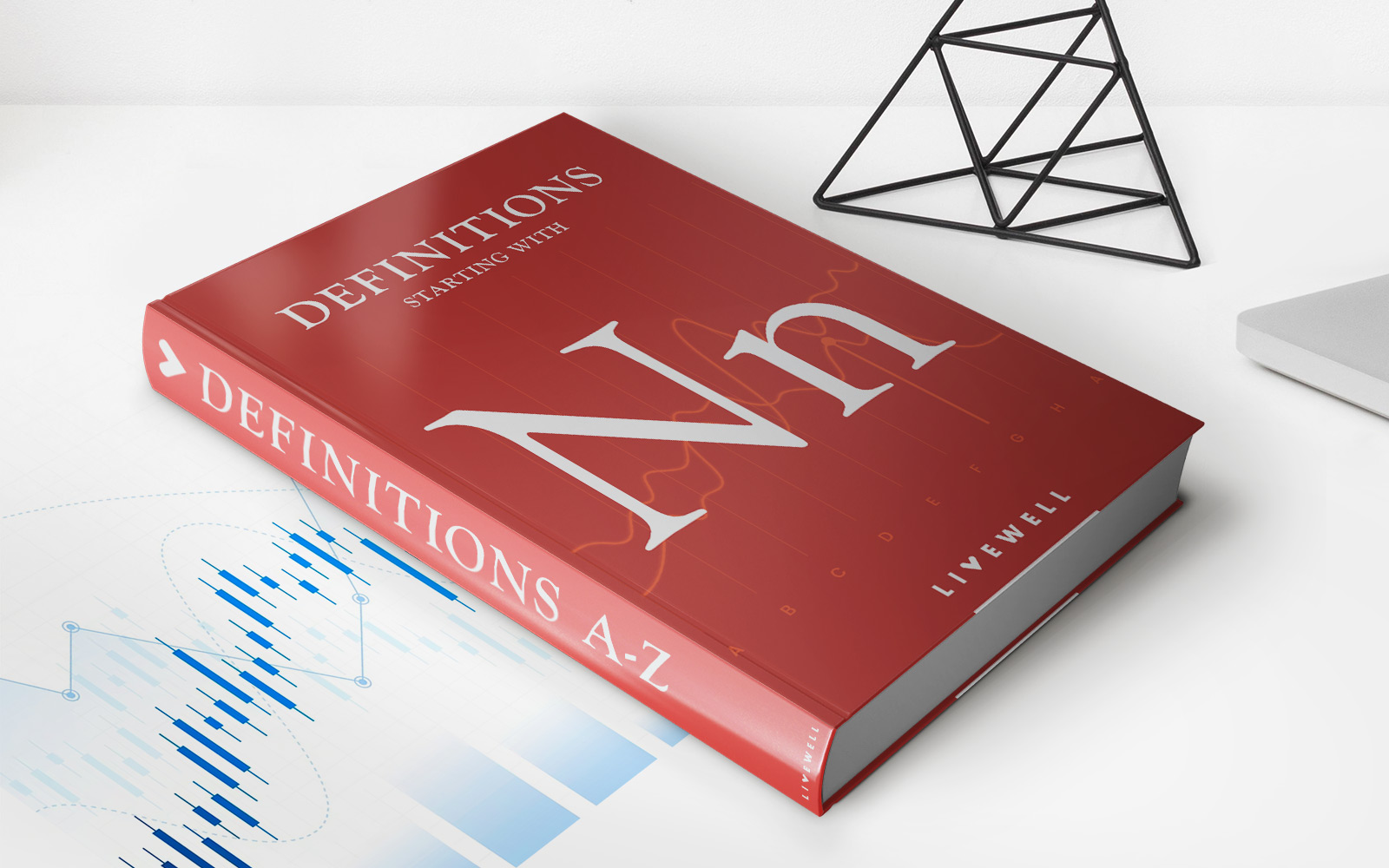

Finance
Keynesian Put Definition
Published: December 15, 2023
Learn the key features and benefits of a Keynesian Put in finance. Understand how this investment strategy can protect against downward market movements and mitigate risk.
(Many of the links in this article redirect to a specific reviewed product. Your purchase of these products through affiliate links helps to generate commission for LiveWell, at no extra cost. Learn more)
Understanding Keynesian Put Definition in Finance: A Comprehensive Guide
Welcome to our Finance category blog post where we dive deep into the world of finance, demystifying complex concepts and providing valuable information for both beginners and experts. In this blog post, we will be exploring the Keynesian Put Definition and its implications in the financial markets.
Key Takeaways:
- The Keynesian Put is a concept in finance that is derived from Keynesian economics.
- It refers to the idea that during times of economic downturn, governments and central banks may intervene to stimulate the economy.
Now, let’s delve into the fascinating world of Keynesian Put and understand its definition, origins, and relevance in today’s financial landscape.
What is the Keynesian Put?
The term “Keynesian Put” is derived from the economic theories of John Maynard Keynes, an influential British economist. It refers to the belief that governments and central banks have a responsibility to intervene in the economy during times of economic downturn or crisis. This intervention is aimed at stimulating economic growth and employment, ultimately stabilizing the financial markets.
How does the Keynesian Put work?
The Keynesian Put operates on the principle that when the economy experiences a downturn, governments and central banks can take specific measures to stimulate economic activity. These measures usually involve monetary policy adjustments, such as lowering interest rates or engaging in quantitative easing, as well as fiscal policy interventions, such as increased government spending or tax cuts.
By implementing these measures, governments and central banks aim to stimulate demand and encourage businesses and individuals to spend and invest. The ultimate goal is to revitalize the economy, boost employment rates, and restore overall economic stability.
Relevance of the Keynesian Put in Today’s Financial Landscape
The Keynesian Put remains highly relevant in today’s financial landscape, especially during times of economic uncertainty and crisis. Here are a few reasons why:
- Economic Stabilization: The Keynesian Put provides a framework for governments and central banks to intervene and stabilize the economy during uncertain times. By implementing measures to boost aggregate demand and ensure financial stability, they can help prevent or mitigate severe economic downturns.
- Countercyclical Policies: The interventions related to the Keynesian Put are typically countercyclical in nature. This means that when private sector demand is weak, the government and central bank step in to provide stimulus. Conversely, during times of strong economic growth, they may use contractionary policies to prevent overheating.
- Market Sentiment: The mere knowledge of the existence of the Keynesian Put can influence market sentiments. Investors may have increased confidence in the financial markets, knowing that there are mechanisms in place to counteract severe economic downturns.
It’s important to note that the effectiveness and potential downsides of the Keynesian Put are subject to continuous debate among economists. Critics argue that excessive government interventions and artificial stimulus can lead to unintended consequences, such as inflation or unsustainable debt levels. However, proponents highlight the essential role it plays in stabilizing economies and protecting individuals and businesses during challenging times.
Now that you have a better understanding of the Keynesian Put, you can navigate the financial landscape with greater knowledge and insight. Remember, the world of finance is dynamic and ever-evolving, and concepts like the Keynesian Put are crucial components to comprehend for both investors and policymakers alike.
Stay tuned to our Finance category for more informative posts that will help you explore various financial concepts, broaden your knowledge, and make informed decisions in the exciting world of finance!














